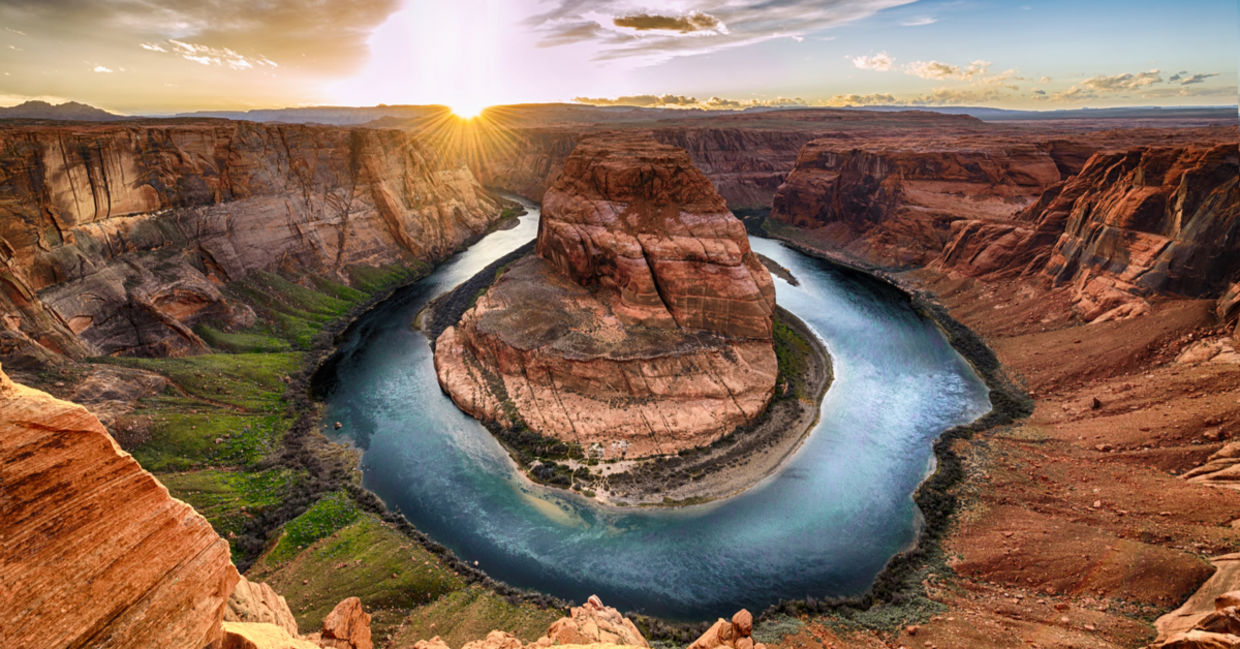
Grand Canyon - (Wisanu Boonrawd / Shutterstock.com)
Majestic natural wonders are a sight to behold, and due to the effects of human intervention and climate change, some are in danger of being lost. Get acquainted with these impressive five ecosystems and learn about the dedicated organizations that are working to preserve them.
1. AMAZON RAINFOREST – SOUTH AMERICA
The 1.4 billion acres of rainforest is mostly concentrated in Brazil but spans eight other South American countries.
THIS MIGHT BLOW YOUR MIND: Considered one of the most biodiverse tropical rainforests in the world, the Amazon houses an estimated 390 billion trees, one fifth of the world’s birds and a tenth of all the species on the planet.
ORGANIZATION TO KNOW: Through advocacy, education and conservation, Amazon Watch works with indigenous communities, local organizations and major corporations to preserve and protect the people, environment and creatures who inhabit the Amazon.
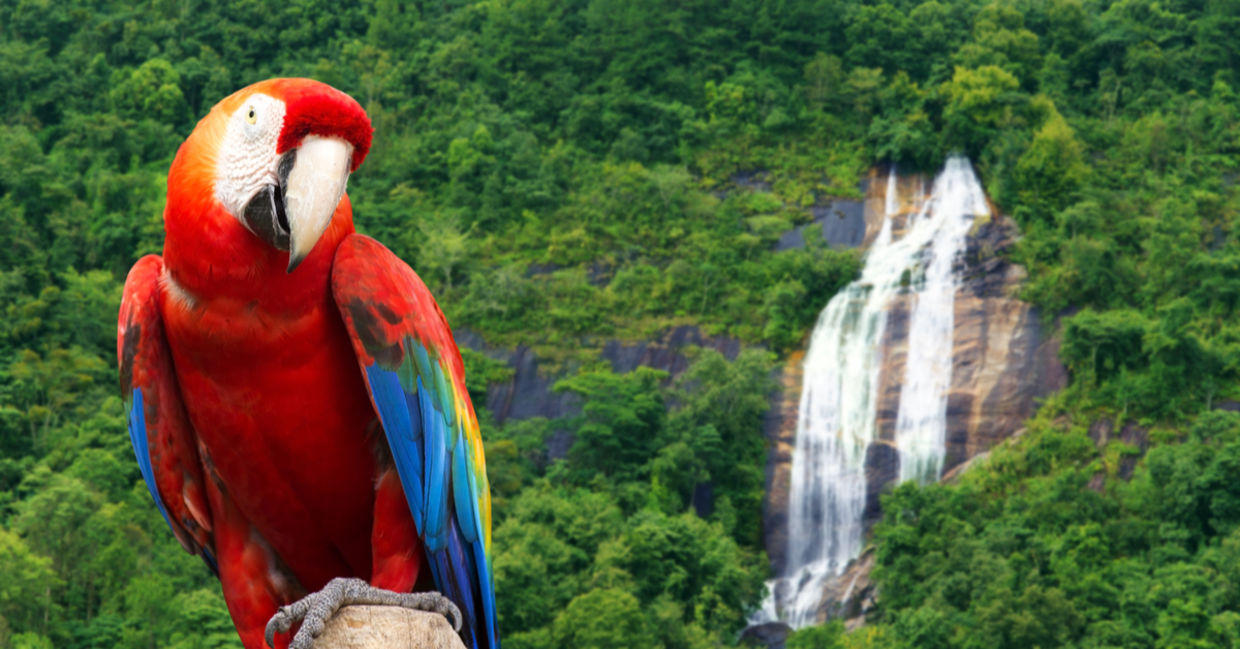
Amazon Rainforest Brazil - (anuphadit / Shutterstock.com)
2. GREAT BARRIER REEF - AUSTRALIA
Listed as one of UNESCO’s World Heritage Sites, the Great Barrier Reef is the largest coral reef in the world, and is bigger than the UK, Switzerland and Holland combined.
THIS MIGHT BLOW YOUR MIND: The Reef is home to more than 1,500 species of fish, 130 different sharks and rays, endangered sea turtles and marine mammals .
ORGANIZATION TO KNOW: The Great Barrier Reef Marine Park Authority (GBRMPA) is the Australian Government agency responsible for overall management of the Reef to ensure its conservation and preservation.
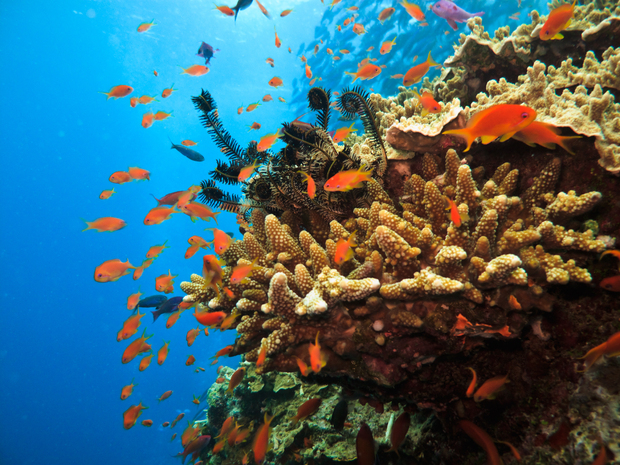
Great Barrier Reef red coral colony - (Pete Niesen / Shutterstock.com)
3. SUNDARBANS – BANGLADESH & INDIA
Mangrove forests are comprised of special trees which can grow in salty sea water in tropical climates. Sundarbans mangrove forest is one of the largest in the world covering an estimated 10,000 sq.km of land and water.
THIS MIGHT BLOW YOUR MIND: Sundarbans has been a UNESCO World Heritage Site since 1987 and supports one of the largest populations of endangered Royal Bengal tigers.
ORGANIZATION TO KNOW: The Sundarban National Park is a protected area in which no poaching or deforestation is permitted that supports a tiger and biosphere reserve.
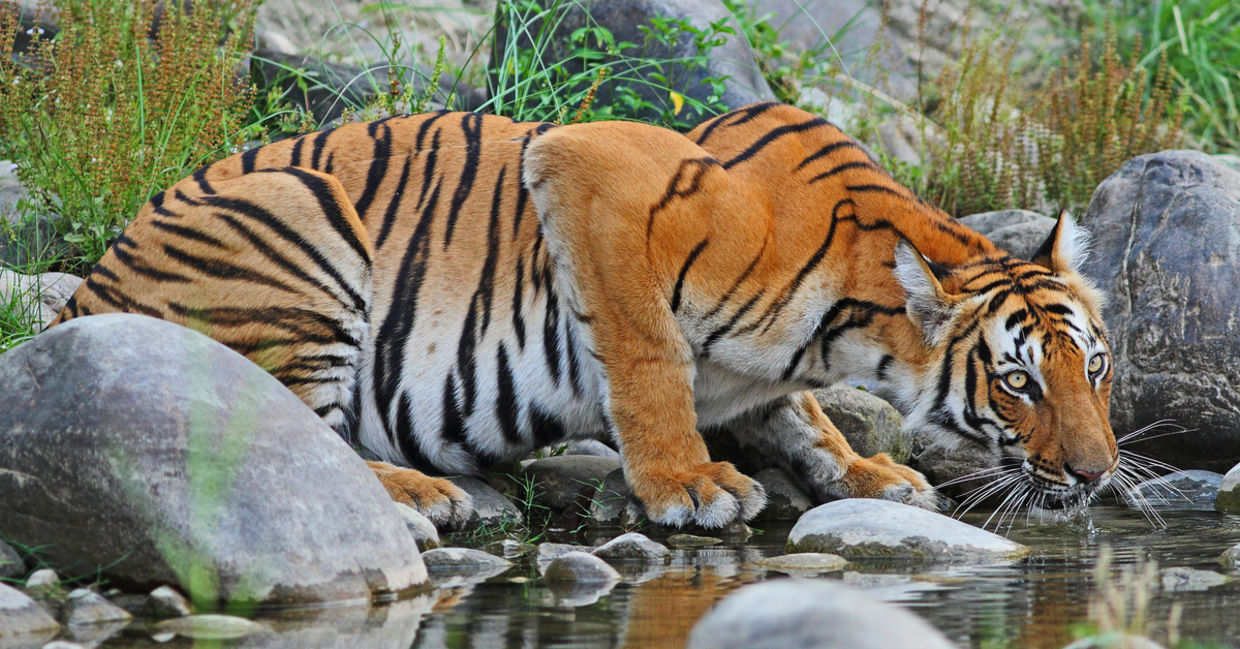
Sundarbans Bengal tiger - (Anuradha Marwah / Shutterstock.com)
4. NAMIB DESERT – NAMIBIA & ANGOLA
The Namib contains some of the highest sand dunes in the world that tower at up to 300 meters (984 feet) high.
THIS MIGHT BLOW YOUR MIND: At 55 million years old, Namib is the only desert in the world in which elephants live. The tusked mammals can go for days without drinking water, surviving on moisture from the vegetation they consume.
ORGANIZATION TO KNOW: The Namib Desert Environmental Education Trust (NaDEET) is a non-profit which provides environmental education to both adults and students with a focus on sustainability.
5. TONLE SAP LAKE – CAMBODIA
Known as one of the world’s most productive freshwater ecosystems, this impressive lake is a thriving breeding ground for fish, algae and fauna.
THIS MIGHT BLOW YOUR MIND: This unique body of water changes it’s directional flow twice a year and a portion that forms the lake expands and shrinks dramatically between the dry and rainy seasons.
ORGANIZATION TO KNOW: Since Tonle Sap Lake is a popular place for fishing and growing rice, in recent years there has been more focus on making sure its natural resources aren’t depleted. In 2001 it was nominated as a UNESCO biosphere reserve in which the lake is routinely monitored and protected.
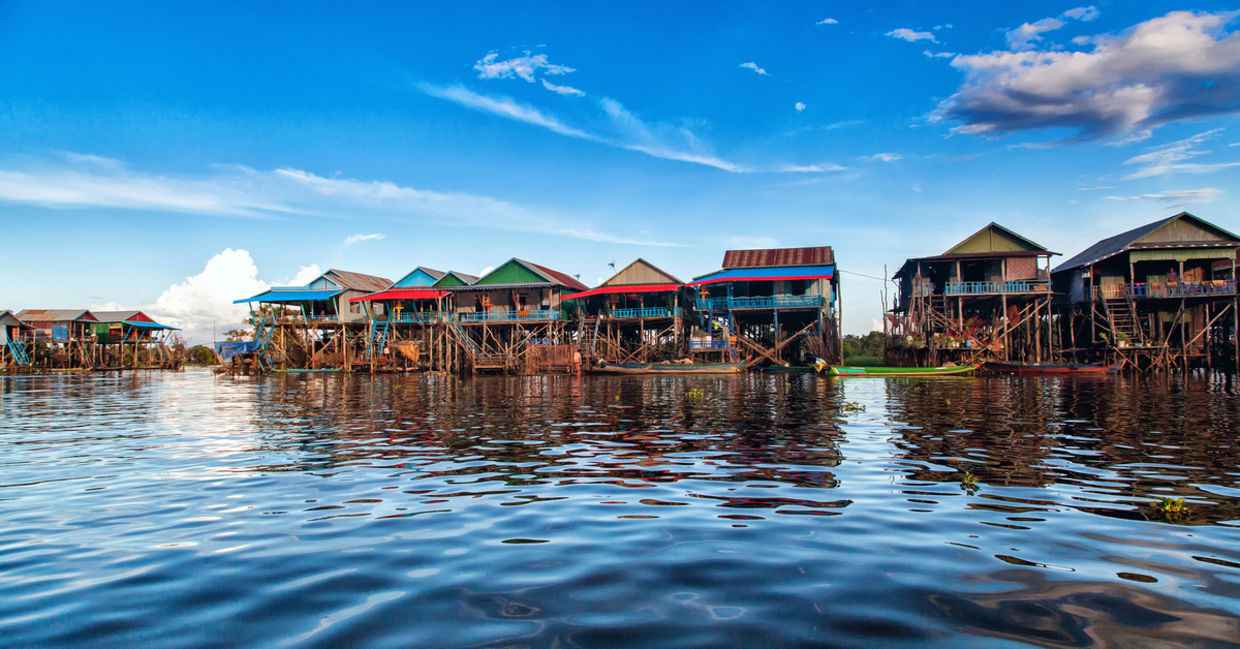
Tonsle Sap Lake - (Mycola Huba / Shutterstock.com)





